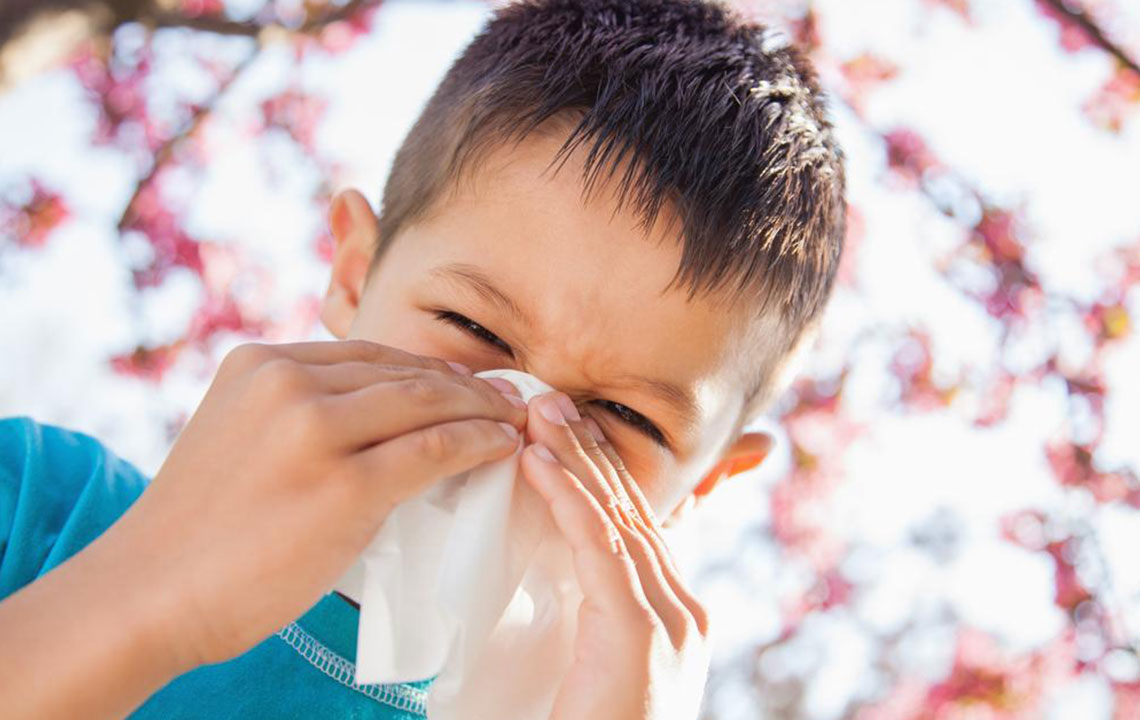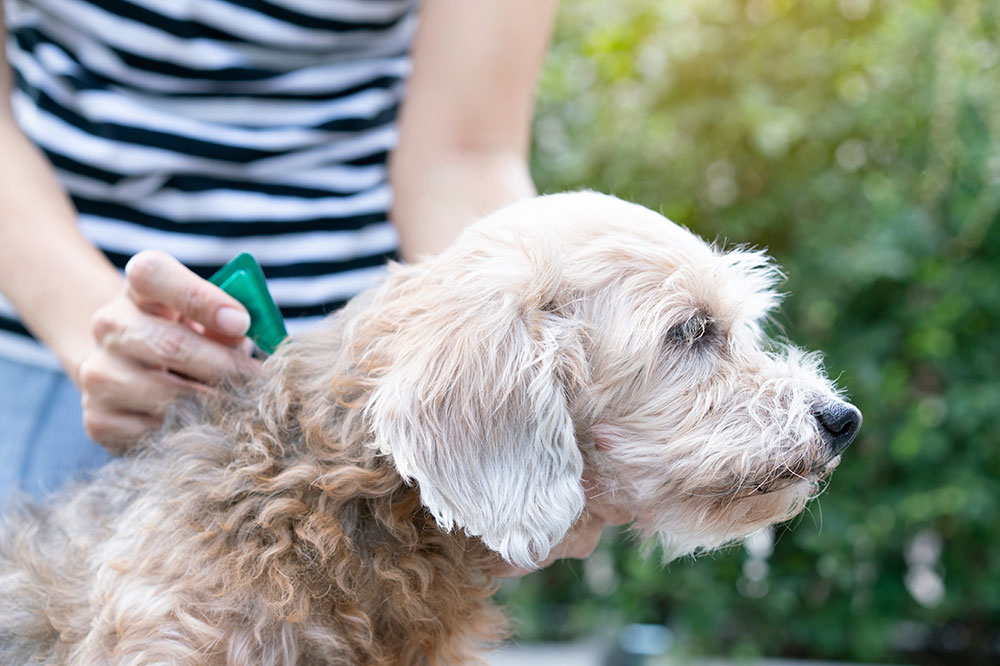Comprehensive Guide to Recognizing and Managing Dog Allergies
Learn how to identify and manage allergies in dogs effectively. This comprehensive guide covers common symptoms, triggers, diagnosis, and prevention tips to ensure your pet's health and comfort. Early recognition and proper care can significantly improve your dog's quality of life and prevent serious health issues.

Comprehensive Guide to Recognizing and Managing Dog Allergies
Owning a dog brings immense joy and companionship, but it also demands attention to your pet's health and well-being. One common challenge faced by dog owners is allergies, which can significantly impact a dog's quality of life if not identified and treated promptly. Just like humans, dogs can suffer from a variety of allergic reactions caused by environmental factors, food, fleas, or other irritants. Early detection of allergy symptoms is crucial to prevent discomfort and more severe health problems. This comprehensive guide aims to help pet owners understand the signs of allergies in dogs, the common triggers, and effective management strategies.
**Understanding Dog Allergies:**
Dog allergies are immune system reactions to specific substances that the dog's body perceives as harmful. These allergens can be found in the environment, such as pollen, dust mites, mold, or certain chemicals. Additionally, specific foods like beef, chicken, dairy, or grains can cause allergic reactions. Flea bites are another common cause of allergies, often leading to irritation and skin problems. Recognizing the source of an allergy is the first step toward effective treatment and management.
**Common Symptoms of Allergies in Dogs:**
Allergic reactions in dogs manifest through various signs, often indicating that their immune system is reacting to an allergen. The most common symptoms to watch for include:
Skin irritations such as redness, inflammation, or rashes
Persistent itching and scratching, often leading to hair loss
Excessive licking or biting of paws and affected areas
Red, swollen, or itchy ears
Frequent sneezing or nasal discharge
Watery or itchy eyes
Snoring or coughing due to airway irritation
Gastrointestinal issues like vomiting or diarrhea, especially after eating
Notably, breeds like Bulldogs, Retrievers, Terriers, and other breeds with folds or long hair are more predisposed to allergic reactions because of their skin characteristics and hair structure.
**Diagnosis and Veterinary Care:**
If you notice any of these signs, consult a veterinarian promptly. Veterinarians may perform skin tests, blood tests, or food elimination trials to identify the allergen. Proper diagnosis is essential for targeted treatment, which may include antihistamines, corticosteroids, or special diets. Managing allergies often involves a combination of medication, lifestyle changes, and environmental modifications.
**Managing and Preventing Allergies:**
Prevention and ongoing management play critical roles in maintaining your dog's health. Here are some essential tips:
Regular grooming to keep the skin clean and free of irritants
Using hypoallergenic shampoos and grooming products
Maintaining a clean living environment to reduce dust, mold, and pollen exposure
Implementing flea control measures to prevent flea allergy dermatitis
Feeding a hypoallergenic or limited-ingredient diet if food allergies are suspected
Avoiding exposure to known irritants such as cigarette smoke and harsh cleaning chemicals
**When to Seek Emergency Care:**
While many allergy symptoms can be managed with veterinary guidance, immediate attention is necessary if your dog shows signs of severe allergic reactions such as swelling of the face or throat, difficulty breathing, or collapse. These symptoms indicate a potential anaphylactic reaction that requires urgent medical intervention.
**Conclusion:**
Understanding the signs of allergies in your dog is vital for ensuring their comfort and health. Early detection and appropriate management can prevent complications and improve your pet's quality of life. Be proactive in observing your dog's behavior and appearance, and always seek veterinary advice when in doubt. By staying vigilant and taking preventive measures, you can help your furry friend live happily and healthily.
Protect your dog from allergies by recognizing early warning signs and implementing effective management strategies. Consult your veterinarian for personalized advice and ensure an allergy-free environment for your beloved pet.





